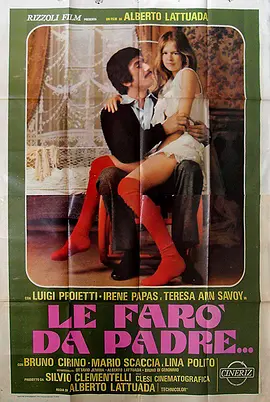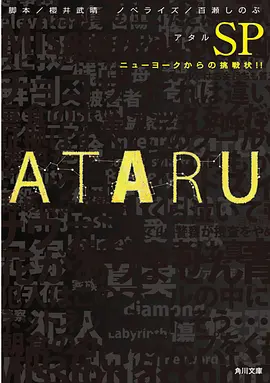本片是苏联纪录片导演,“电影眼”理论的创始人吉加•维尔托夫(Dziga Vertov)的代表作。电影主要拍摄于乌克兰的敖德萨市,摄像师是维尔托夫的哥哥米凯尔•卡夫曼(Mikhail Kaufman)。影片主要分观众入席、城市黎明、人民的工作与休息、体育运动和艺术实践几部分,通过刻画人民生活的方方面面来呈现苏维埃新社会中的一个理想城市。摄影师米凯尔•卡夫曼在拍摄的同时也出现在电影画面中,首创了“自我暴露”的电影形式。在这部具有里程碑性突破意义的纪录片中,维尔托夫首次使用了二次曝光、快进、慢动作、画面定格、跳
全片完全由导演所要宣传的政治思想和导演的情绪控制。第一首歌表现有了列宁之后各族人民的幸福生活,第二首歌表达了对列宁之死的哀恸,第三首歌则描绘了在列宁思想的引导下全国人民的社会主义建设。
This documentary promoting the joys of life in a Soviet village centers around the activities of the Young Pioneers. These children are constantly busy, pasting propaganda posters on walls, distributing hand bills, exhorting all to "buy from the coop
Dziga Vertov's Entuziazm is considered a masterpiece of early sound film and of Soviet avant-garde cinema. Dealing with the Five Year Plan of the late 1920s, it was praised by artists like Charlie Chaplin, was subsequently forgotten, and rediscovered
《革命纪念日》是一部十分珍贵地展现了俄罗斯十月革命的影像资料,它展现了俄罗斯从1917年二月到1918年十一月份政权更替的历史。在电影中包含了二月革命;临时政府的建立;1917年八月在莫斯科举行的国家会议;在彼得格勒(现圣彼得堡)和莫斯科的十月革命的原况;驱散俄罗斯立宪会议;布列斯特协约;夺回喀山以及托洛茨基沿伏尔加河的行程。这部纪录片长期被认为已经遗失,在2018年由尼古拉·伊兹沃洛夫(Nikolai Izvolov)恢复原貌。
In Godard and Gorin's free interpretation of the Chicago Eight trial, Judge Hoffman becomes Judge Himmler (who doodles notes on Playboy centerfolds), the Chicago Eight become microcosms of French revolutionary society, and Godard and Gorin play Lenin
A filmic essay on class struggle which draws on images from westerns but has no plot and is both an experiment in making a revolutionary film and an interrogation of how successfully such a film can be revolutionary. 译文(3): 这是一部关于阶级斗争的电影,它借鉴了西方电影中的图像
吉加·维尔托夫作品集,包括:电影眼睛 Kino-Eye 1924、Kino-Pravda 21: A Film Poem About Lenin 1925、持摄影机的人 Man with a Movie Camera 1929、热情·顿巴斯交响曲 Enthusiasm: Symphony of the Donbass 1931、列宁的三首歌 Three Songs About Lenin 1934
 NO
1
NO
1
 NO
2
NO
2
 NO
3
NO
3
 NO
4
NO
4
 NO
5
NO
5
 NO
6
NO
6
 NO
7
NO
7
 NO
8
NO
8
 NO
9
NO
9
 NO
10
NO
10
 NO
11
NO
11
 NO
12
NO
12